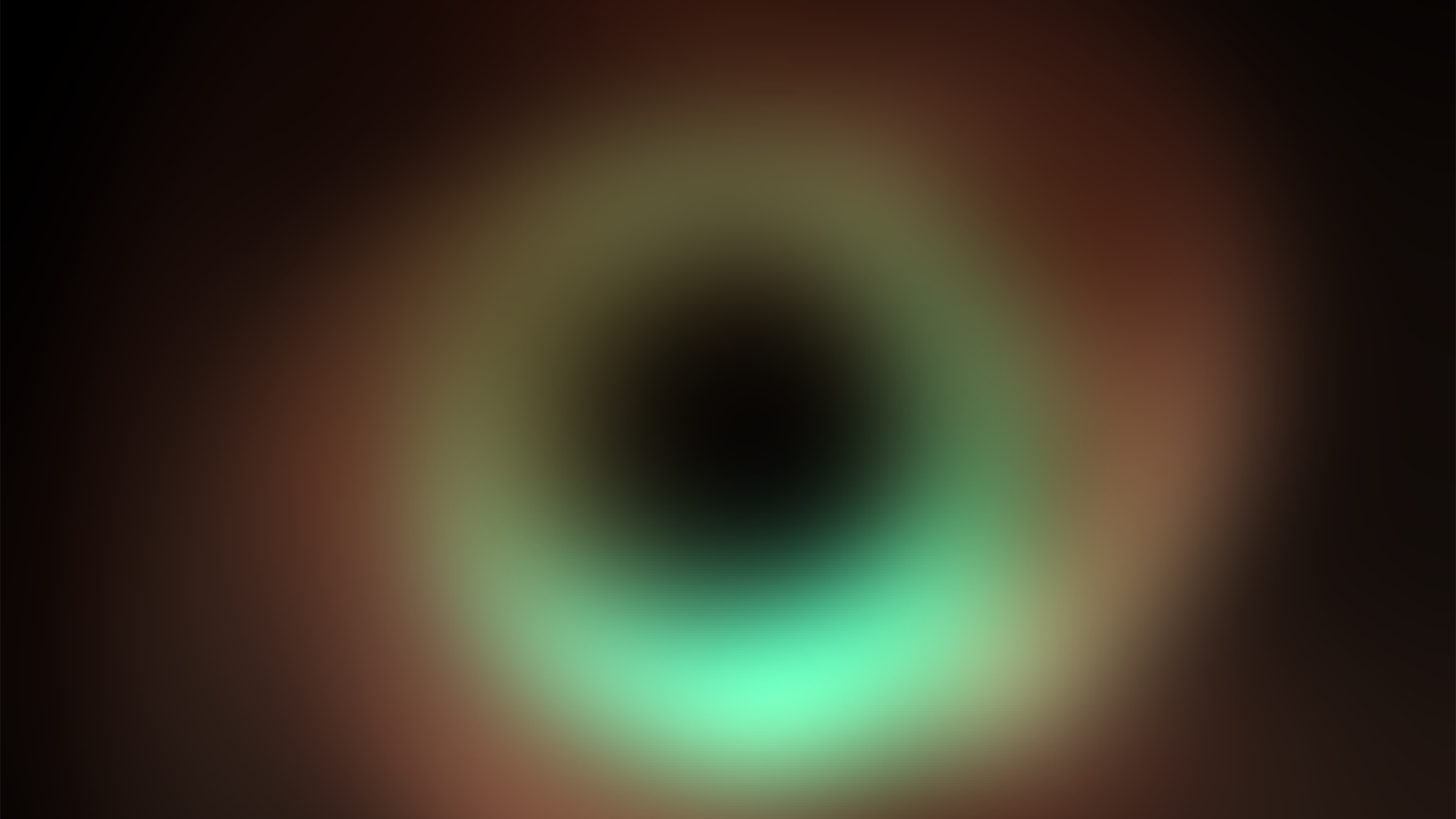

Most of the world became aware of the Event Horizon Telescope (EHT) project in 2019 with the publication of the first-ever image of a black hole: M87*, the supermassive black hole at the center of the galaxy Messier 87. However, the EHT actually began operating in 2009, and its 15 years of service have represented a process of steady refinement of very long baseline interferometry (VLBI), the technique behind the EHT’s images.
So far, that process has largely involved getting the most out of the EHT’s existing capabilities. However, as described in a new paper published August 27 in The Astronomical Journal, a significant upgrade in those capabilities is imminent. The paper reports successful test observations taken of light with a frequency of 345 Ghz, a significant improvement on the 230 GHz at which the EHT currently operates. This represents the first improvement in decades for VLBI’s ability to measure high-frequency light, a critical factor in increasing the quality of the EHT’s future images.
Being able to capture images at 345 Ghz will allow the EHT to take images of distant objects like M87* in significantly higher detail; to create composite multiple-color images; and possibly, once planned upgrades to the EHT are completed, to take movies of these objects. The material accompanying the paper included simulations of how such composite pictures might look.

Shepherd Doeleman, the lead author on the paper and the EHT project’s founding director, tells Popular Science that the advance is comparable to one of the significant milestones on the road to a successful moon landing: “It’s like Apollo 8, the mission that sent Frank Borman, James Lovell, and William Anders to orbit the moon and gave us the famous blue-marble photo. [We still have] a ways to go, but we’re nearly there.”
VLBI works by using a global array of telescopes, each of which is trained on the same object. The distance between each telescope means that the light from the object will reach each sensor at a slightly different time. This means that the wavefront of this light will reach each telescope at a slightly different point in its period. Combining the telescopes’ images generates an interference pattern, which can then be used to reconstruct a single image with a level of detail greater than that measurable by any single telescope. Since VLBI allows multiple observatories to act as a single, massive telescope, the EHT has often been described as “a telescope the size of Earth”.
A basic principle of any telescope is that there are two key factors that determine its ability to resolve distant objects: its size and the frequency of the light that it can measure. While the EHT’s nature makes it far more complicated than a basic optical telescope, this principle remains the same—and, as the accompanying statement points out, “since the EHT was already the size of our planet, increasing the resolution of ground-based observations required expanding its frequency range.”
Doing this, however, has been extremely challenging. The image of M87* and the similar image published three years later of Sagittarius A*, the supermassive black hole at the center of the Milky Way, were both generated using light with a wavelength of 1.3mm, which equates to a frequency of 230 GHz. (The smaller a light’s wavelength, the higher its frequency, because a smaller distance between the peaks of its wave means that more peaks can reach a sensor in a given period of time.)
This wavelength has represented the frontier of VLBI for decades; the first measurements at this level were made in 1989, and as the paper explains, much of the work to improve the EHT’s resolution was accomplished by increasing the size of its array of telescopes, along with improving the sensitivity of those telescopes’ sensors.

This is why the new paper is so significant: it describes the first improvement in measurable VLBI wavelength in 25 years. The authors report multiple successful measurements at 870 µm (0.87 mm), which corresponds to a frequency of 345 Ghz. This improves the EHT’s angular resolution by around 50%, allowing it to capture images that are sharper and more detailed than those at 1.3mm. It also allows for the combination of the new, sharper images with those taken at larger wavelengths to create composite multi-color images.
The paper also explains why it’s been so difficult to go beyond 1.3mm. The Earth’s atmosphere tends to absorb more light at 870µm than at 1.3mm, meaning that less of this lower-wavelength light reaches the sensors of the EHT’s array. The atmospheric interference also means that the light that does reach the ground is both noisier and more attenuated—and to make matters worse, the telescopes’ efficiency decreases at higher frequencies.
These challenges were overcome by technological advances—the paper cites “steady improvements in superconductor-insulator-superconductor (SIS) junctions”, which “formed the basis for increased bandwidth and [receiver] sensitivity” and were critical in the success of the 870 µm test observations. However, it also emphasizes the importance of global cooperation and communication, given the EHT’s nature as a “common, international effort of independent observatories”. One of the key factors in achieving successful 870 µm measurements was rather more prosaic than space-age technology: it was ensuring that each observation was made during optimal weather.
The planned upgrades to the EHT, referred to collectively as the “next-generation EHT” (ngEHT), will lean even more heavily on global collaboration, adding more observatories to the array and allowing for the use of multiple wavelengths to contribute to the same image. Doeleman says, this result is “a stepping stone to full color, high-definition movies of black hole movies… it’s a very big step!”
